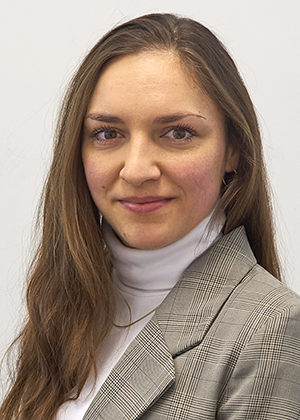Role of ion channels and ADAM-family metalloproteinases in mechanobiology
Institute of Molecular Pharmacology, Division of Pharmacology in Inflammation, Uniklinik RWTH Aachen

Project overview. (A) The scheme depicts a model for activation of ADAM10/17-mediated shedding events by mechanical activation of Piezo-1 and TRPV4 in HaCaT cells. The photograph below shows the stretch chamber (from the Merkel team) used for mechanical stimulation at left and a scheme of the co-culture system at right. (B) Piezo-1 is activated by Yoda 1 or mechanical stretch and, in turn, enhances ADAM activity. Conversely, ADAM activity is suppressed by knockdown of Piezo-1 (grey bars). (C) Activation of TRPV4 by GSK1016790A or mechanical stretch induces ADAM activity, which is suppressed by the TRPV4 inhibitor HC067047 (grey bar). The project aims to translate these findings into (patho) physiological settings and functions using primary keratinocytes and organotypic skin models.






